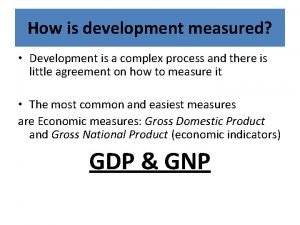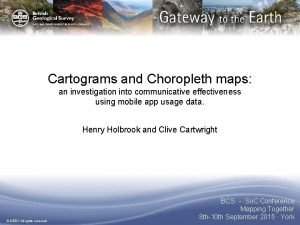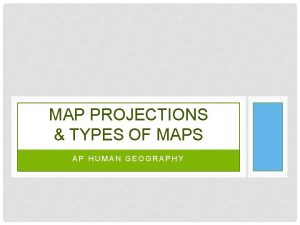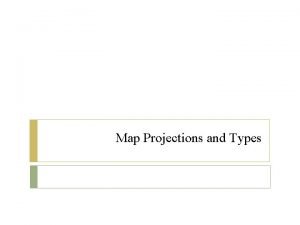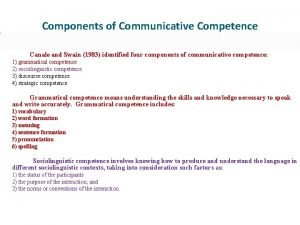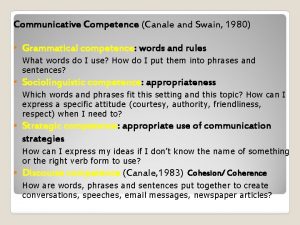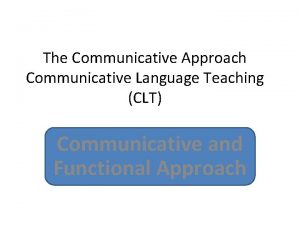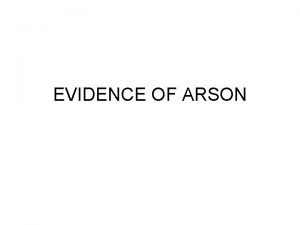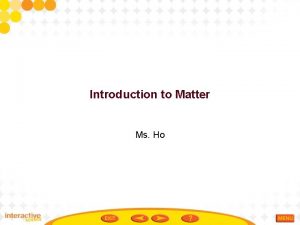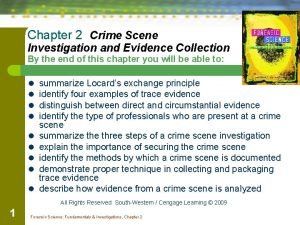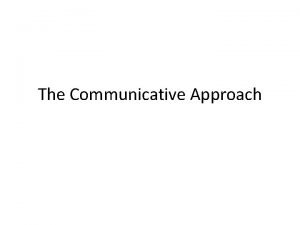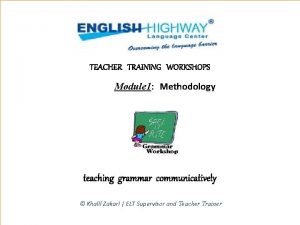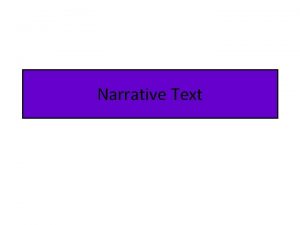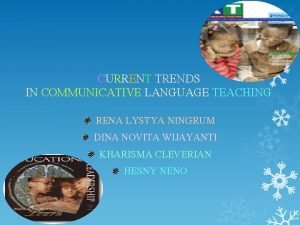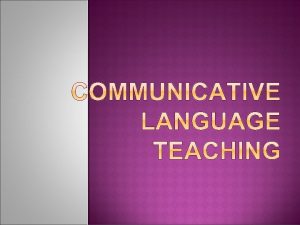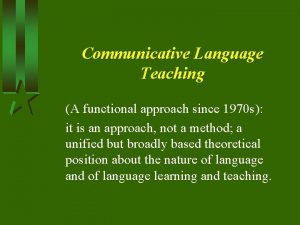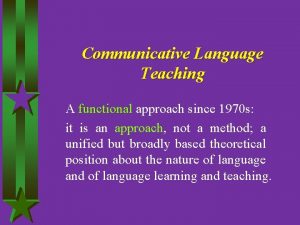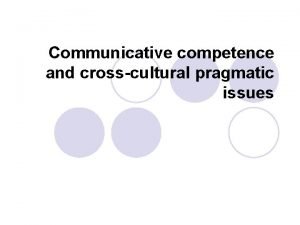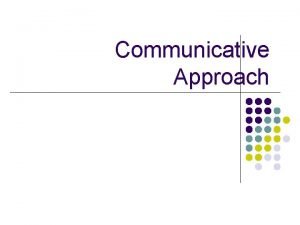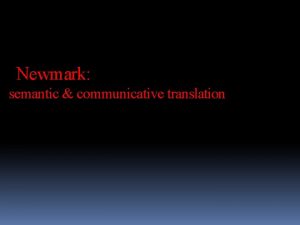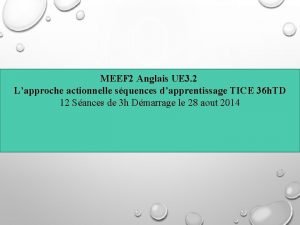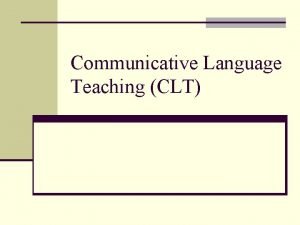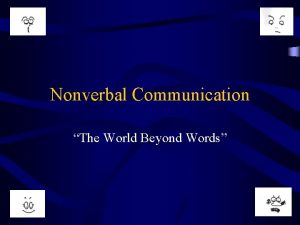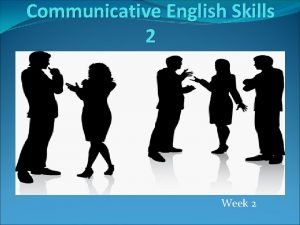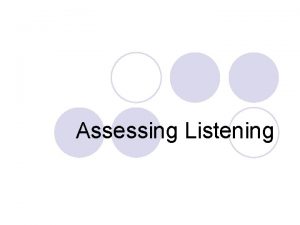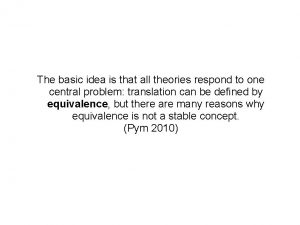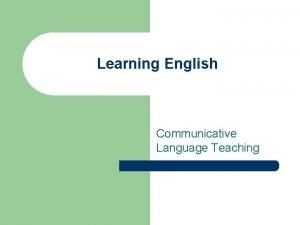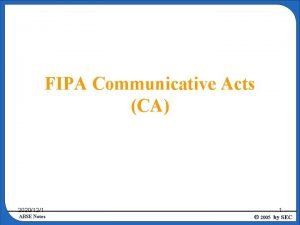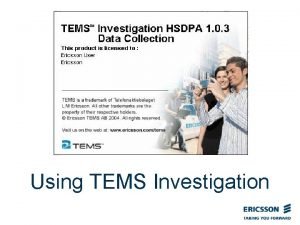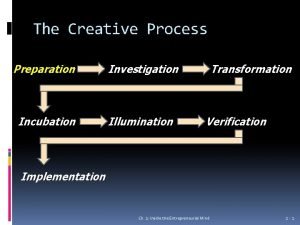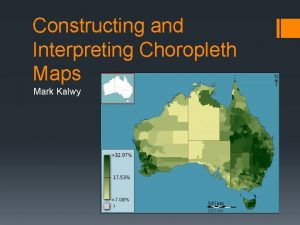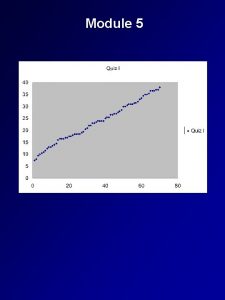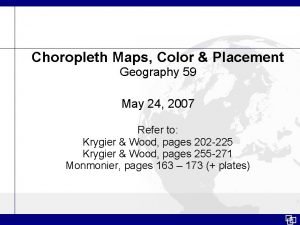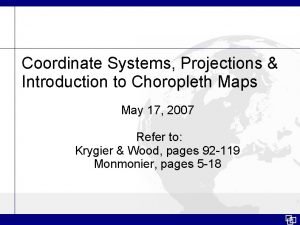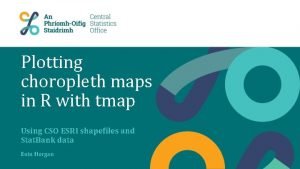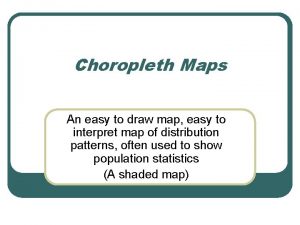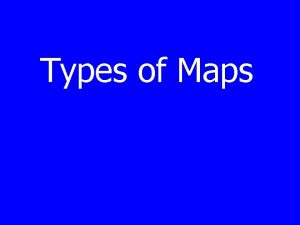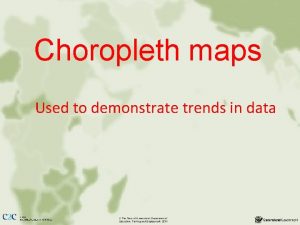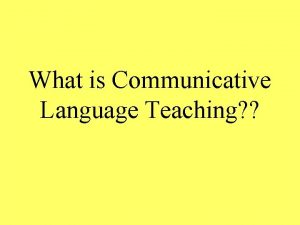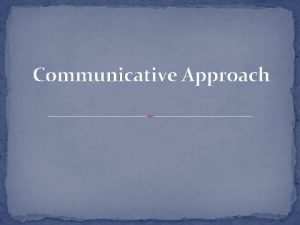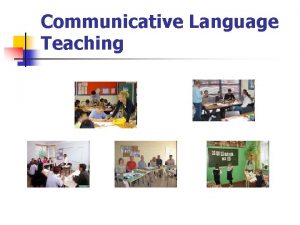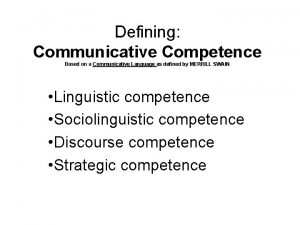Cartograms and Choropleth maps an investigation into communicative





























































- Slides: 61

Cartograms and Choropleth maps: an investigation into communicative effectiveness using mobile app usage data. Henry Holbrook and Clive Cartwright © NERC All rights reserved BCS ‐ So. C Conference Mapping Together 8 th-10 th September 2015 · York

App Development Visualising The Test Effectiveness The Results Conclusion & Future Work 2

App development 3

BGS mobile app development 4

Recording mobile app usage 5

6

7

Visualising 8

Visualising depends on… communicating… Visualising 9

Visualising depends on… communicating… by appropriate means… Visualising 10

Visualising depends on… communicating… by appropriate means… in a suitable format for the story and the audience Visualising 11

The alternatives Our research revealed that there were two other types of maps that would be capable of communicating this type of data. Visualising 12

The alternatives British election results map (2010) Visualising 13

The alternatives British election results proportional to population (2011). Visualising 14

Why? • We need to understand how the data is being used • Identify areas of interest • But not just to highlight areas that are populated • Reveal how the data or app could be developed • Combined with other information that in context will help give the data meaning Visualising 15

How? • Identify data sources – o parliamentary constituencies o App usage zoom level o Population data • Decide how all of this information can be visualised in both map types • What types of questions would people ask from the data? • Create a usage to people ratio Visualising 16

The Test 17

The Test 18

The Test 19

The Test 20

The Test 21

The Test 22

The Test 23

The Test

The Test 25

The Test 26

Effectiveness 27

Test objective: 1) Establish if the maps communicate. Not interested in absolute answers as they bias cartograms. 2) Rationalizing usage data with population statistics. 3) Establish if the linking method reduces communicative effectiveness. Questions 28

3 direct questions relating to the map: 1) Out of the highest populated areas which area had the least app use? 2) Out of the lowest populated areas which area had the most app use? 3) Which region performed best overall? Questions 29

Which region performed best overall? 30

Which region performed best overall? 31

Other questions: 1) Gender 2) Age 3) Any visual impediments 4) Self assessment on map reading abilities and after the test 5) Map preference Questions kept to a minimum to reduce participant fatigue Questions 32

The Results 33

Which performed best? 34

Which performed best? Correct answer in the top 5 polygons for all questions 35

Which performed best? Correct answer in the top 5 polygons for all questions 36

The Results Order of maps 37

Order of maps – maps seen first Correct answer in the top 5 polygons 38

Order of maps – maps seen first 39

Order of maps – maps seen second Correct answer in the top 5 polygons

Order of maps – maps seen second

The Results The questions 42

43

44

45

46

47

48

The Results Age 49

Age of participants Correct answer in the top 5 polygons 50

Age of participants Correct answer in the top 5 polygons 51

Age of participants Correct answer in the top 5 polygons 52

Age of participants 53

The Results Map preference 54

Map preference 55

Map preference 56

Conclusion & Future Work 57

• Is better at answering ‘complex’ questions • Familiarity of choropleth maps preferred • Difficulty in comparing two maps to get an answer • Does not communicate absolute values when they are categorised to colours • MAUP size bias • Communicates correctly 5 seconds faster • Is better at answering ‘simple’ questions • Poorer at communicating values that significantly reduce polygon size • Only 25% preferred cartograms Conclusion 58

• Colour bias evident when a range of values represented by colour, especially for the choropleth maps • Ratios were confusing – a colour scale with a simple key would be far more effective • Accuracy was lower for cartograms the more complex the question became • Each type of map has an appropriate place to be used Conclusion 59

• Colour – how people interpret colour? • Attraction – what draws people’s attention? • Visualisations – what else can be used to communicate this information? • Cartograms – further research into other cartogram types including ‘hybrid’ cartograms • Interactive maps – how choropleth maps and cartograms are used in this context The Future 60

Thank-you Any questions? 61
 Topojson power bi
Topojson power bi Graduated symbol map definition ap human geography
Graduated symbol map definition ap human geography Choropleth map definition ap human geography
Choropleth map definition ap human geography Hdi choropleth map
Hdi choropleth map Cartogram vs choropleth
Cartogram vs choropleth Types of thematic maps ap human geography
Types of thematic maps ap human geography What type of map is this
What type of map is this Google reittihaku
Google reittihaku Semantic theory
Semantic theory Canale and swain communicative competence
Canale and swain communicative competence Canale and swain 1980
Canale and swain 1980 Animals and human language chapter 2
Animals and human language chapter 2 Arbitrariness in human language and animal language
Arbitrariness in human language and animal language Communicative signals and informative signals
Communicative signals and informative signals Picture strip story in communicative language teaching
Picture strip story in communicative language teaching Translation
Translation System planning and initial investigation
System planning and initial investigation Fire and arson investigation ppt
Fire and arson investigation ppt Stretching and shrinking investigation 2 answers
Stretching and shrinking investigation 2 answers Phet charges and charged objects investigation
Phet charges and charged objects investigation Scientific vs technical
Scientific vs technical Is ketchup homogeneous or heterogeneous
Is ketchup homogeneous or heterogeneous Legal regulations compliance and investigation
Legal regulations compliance and investigation Chapter 2 crime scene investigation and evidence collection
Chapter 2 crime scene investigation and evidence collection What is formal and informal communication
What is formal and informal communication Communicative approach is
Communicative approach is Teaching and assessment of grammar module 1
Teaching and assessment of grammar module 1 Communicative achievement cefr
Communicative achievement cefr The purpose of the narrative text is to a story
The purpose of the narrative text is to a story Les principes de l'approche communicative
Les principes de l'approche communicative Current trends in communicative language teaching
Current trends in communicative language teaching Language
Language Communicative language teaching
Communicative language teaching Functional communicative approach
Functional communicative approach Communicative grammar
Communicative grammar Our wines leave you nothing to hope for
Our wines leave you nothing to hope for Language
Language Communication skills 101
Communication skills 101 Communicative translation example
Communicative translation example La compétence communicative
La compétence communicative La compétence communicative
La compétence communicative Jack richards communicative language teaching today
Jack richards communicative language teaching today Clt background
Clt background All behavior has communicative value
All behavior has communicative value Paraphrase recognition listening
Paraphrase recognition listening Free verse vs prose
Free verse vs prose Picture strip story in communicative language teaching
Picture strip story in communicative language teaching Communicative english skill 2
Communicative english skill 2 Non communicative activities
Non communicative activities Recognizing phonological and morphological elements
Recognizing phonological and morphological elements Pragmatic synonym
Pragmatic synonym Communicative purpose examples
Communicative purpose examples Communicative translation
Communicative translation Tostutos
Tostutos Communicative translation
Communicative translation Communicative act example
Communicative act example Noun to noun
Noun to noun Communicative achievement
Communicative achievement Extended investigation study design
Extended investigation study design Tems investigation
Tems investigation Seven s's of crime scene investigation
Seven s's of crime scene investigation Preparation incubation illumination and verification
Preparation incubation illumination and verification



